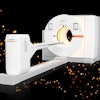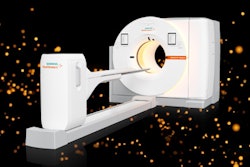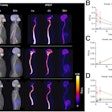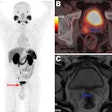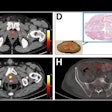NEW ORLEANS – The combined use of two PET imaging agents provides a comprehensive imaging approach for managing patients with primary aldosteronism, according to a June 22 presentation at the Society of Nuclear Medicine and Molecular Imaging 2025 annual meeting.
A group led by Jie Ding, MD, of Tongji University in Shanghai, China, found that PET/MRI with the radiotracer gallium-68 (Ga-68) Pentixafor identified subtypes of the disease in patients, while PET/MRI with Ga-68 FAPI-04 was able to identify potential heart damage.
“Precise diagnosis and assessment of cardiac issues is critical for patients with primary aldosteronism," Ding said. "Our study evaluated the effectiveness of this dual-modality approach integrating adrenal and cardiac imaging in disease management."
Primary aldosteronism (PA) -- a disorder in which the adrenal glands make too much aldosterone -- is one of the most common causes of secondary hypertension and can result in serious cardiac events. Studies have identified cardiovascular disease as the leading cause of mortality in PA patients.
Previous studies have shown that Ga-68 Pentixafor is an effective PET imaging agent for subtyping PA into its two main types, aldosterone-producing adenoma (APA) and idiopathic hyperaldosteronism (IHA), which require different treatments. Ga-68 FAPI-04, meanwhile, has shown promise in visualizing cardiomyopathies.
In this study, the researchers explored whether using a dual approach could provide a comprehensive imaging approach for the management of PA. They enrolled 30 PA patients and 15 patients with primary hypertension as a control group. All participants underwent PET/MRI exams with both imaging agents.
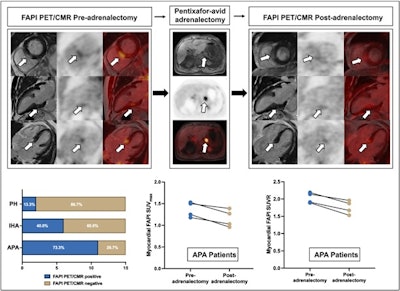 Reversible heart damage in a primary aldosteronism patient: Pre- versus post adrenalectomy Ga-68 FAPI-04 PET/Cardiac MRI in an APA patient, showing decreased uptake in the basal inferoseptal segment.Jie Ding, MD, and SNMMI
Reversible heart damage in a primary aldosteronism patient: Pre- versus post adrenalectomy Ga-68 FAPI-04 PET/Cardiac MRI in an APA patient, showing decreased uptake in the basal inferoseptal segment.Jie Ding, MD, and SNMMI
Standardized uptake values (SUVs) of the adrenal glands and myocardium were quantified and compared between groups. A subset of APA patients underwent follow-up Ga-68 FAPI-04 PET/MRI imaging after adrenalectomy.
According to the results, among the PA patients, 15 (50%) were diagnosed with APA, and 15 (50%) with IHA. APA patients exhibited significantly higher adrenal Ga-68 Pentixafor SUV compared to IHA patients (10.5 vs. 3.6, p < 0.001).
On Ga-68 FAPI-04 PET/MRI, myocardial FAPI uptake was detected in 17 (56.7%) PA patients, predominantly in the interventricular septum and right ventricular insertion points, with a maximum standardized uptake value (SUVmax) of 1.3 and an average of two myocardial segments affected. APA patients also showed a higher prevalence of myocardial FAPI uptake (11/15, 73.3%) compared with IHA (6/15, 40%) and PH patients (2/15, 13.3%).
Finally, in four APA patients with preoperative myocardial FAPI uptake, follow-up imaging at five months after adrenalectomy revealed a decrease in SUV (preoperative vs. postoperative: 1.4 versus 1.13).
“This work revolutionizes the management of primary aldosteronism by enabling precise diagnosis and subtype classification, evaluating cardiovascular complications, and tracking treatment responses,” Ding said.
Given that Ga-68 Pentixafor and Ga-68 FAPI-04 are emerging PET tracers that have achieved significant clinical adoption, translating this dual-imaging method into routine practice could be rapid, Ding concluded.




